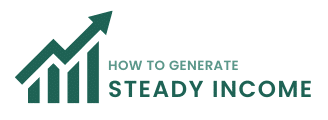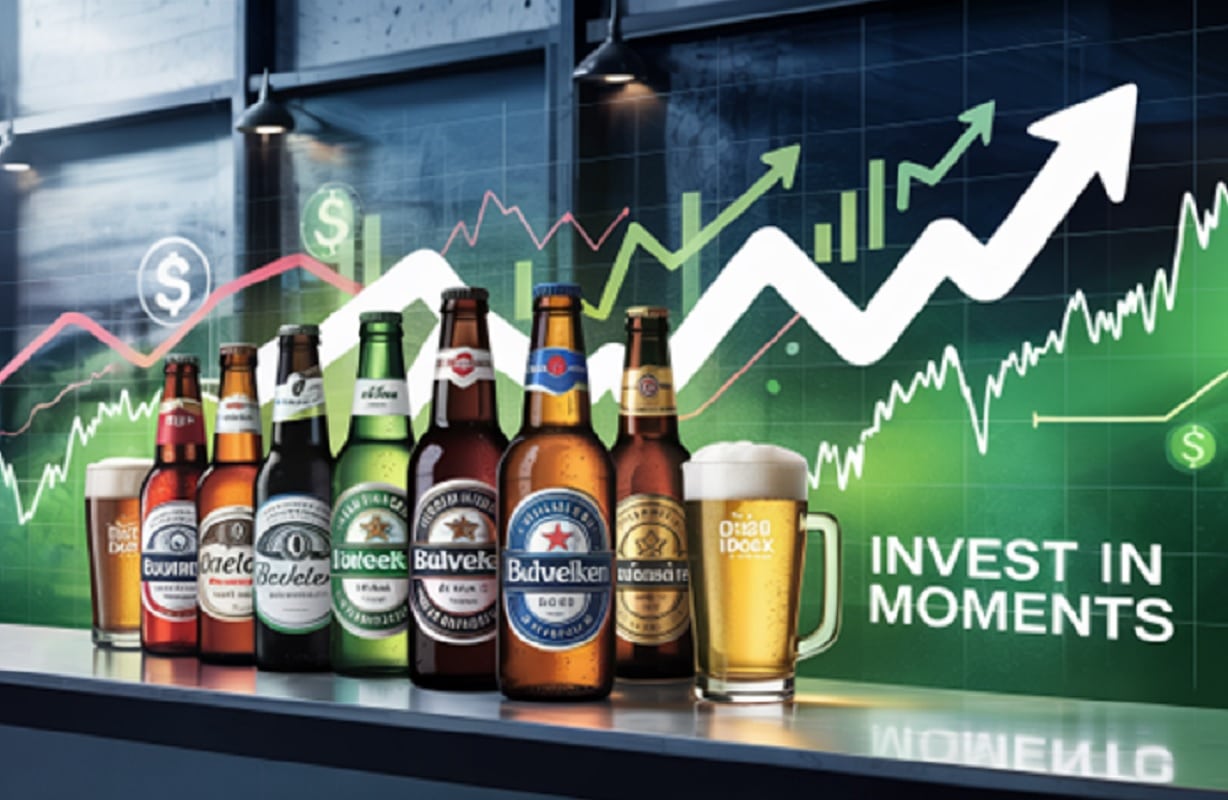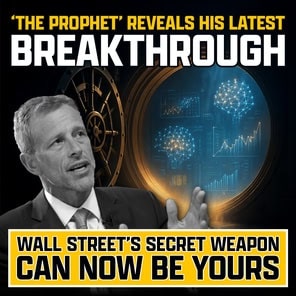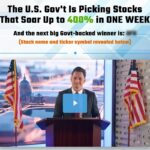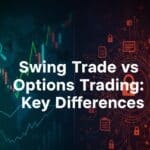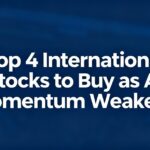As 2025 unfolds, investing in the US beer market is a bit like watching the head settle on a freshly poured pint—it’s a slow, unpredictable process shaped by shifting tastes, global economics, and consumer whims.
For long-time investors and newcomers alike, the sector is offering a mix of promise and pitfalls. While traditional beer-drinking habits are cooling off, a few companies are still finding ways to keep the bubbles rising through innovation, premiumization, and strategic pivots.
Here’s a closer, more intuitive look at five beer-related stocks that stand tall in the frothy chaos: Anheuser-Busch InBev, Molson Coors, Constellation Brands, Boston Beer, and Heineken.
A Market in Transition: The US Beer Landscape
The average American isn’t necessarily drinking more beer, but they’re certainly drinking differently. Instead of reaching for a basic lager, more consumers are choosing imports, premium options, or something entirely different—like hard tea or non-alcoholic brews. This shift has changed the economics of beer: even if volumes stagnate, dollar growth continues, thanks largely to higher per-unit prices and people trading up in quality.
Another layer of complexity? Tariffs. Starting in early 2025, a 25% tariff on imported beer and aluminum cans is expected to reshape cost structures and possibly consumer behavior. For brewers who rely on international production or canned packaging, the hit could be significant.
That’s the backdrop. Let’s walk through the five most significant beer stocks—how they’re positioned and whether they’re worth a spot in your portfolio.
1. Anheuser-Busch InBev (NYSE: BUD)
“Size Still Matters—But Only If You Know Where to Stand”
Anheuser-Busch InBev is, by most metrics, the global kingpin of brewing. But with great size comes great exposure—especially in turbulent times. Its US presence, anchored by brands like Budweiser, Bud Light, and Michelob Ultra, remains a pillar of its global revenue engine.
Financially, the company continues to recover from setbacks, with EBITDA growth clocking in at over 8% for fiscal year 2024. More notably, its net debt-to-EBITDA ratio finally dropped below 3x—a goal it hadn’t achieved since 2015. That’s not just a footnote; it gives AB InBev room to breathe, reinvest, and weather macroeconomic shifts.
However, the Bud Light controversy in 2023 still lingers in the background. Recovery has been steady but slow. AB InBev’s solution? Lean heavily into its premium offerings and digital initiatives, such as its fast-growing B2B platform, BEES.
From a valuation standpoint, BUD trades around 22–23x earnings, relatively fair for a multinational staple. Its dividend isn’t massive—hovering around 1%—but it adds a layer of consistency.
Bottom Line: BUD is a stock for those who value resilience over flash. With stable financials, strong global reach, and limited tariff exposure due to domestic production, it’s arguably the safest beer play heading into 2025. Its biggest challenge? Rebuilding the Bud Light brand without sacrificing the momentum of premium alternatives.
2. Molson Coors Beverage Co. (NYSE: TAP)
“The Comeback Kid with a Classic Lineup”
Molson Coors doesn’t always get the spotlight, but it’s been executing a quiet turnaround. After a few years in the shadows, its core brands—Coors Light and Miller Lite—have clawed back meaningful market share, especially in the wake of AB InBev’s missteps.
Revenue was flat in 2024, but profits told a better story: EPS rose nearly 10%, and the company beat multiple quarters of earnings expectations. It’s also worth noting that TAP’s net debt continues to fall, and its dividend—over 3%—offers solid income for value-focused investors.
Strategically, the company is expanding into “beyond beer” categories like spirits and FMBs (flavored malt beverages), though this diversification is still early-stage. Blue Moon and Topo Chico Hard Seltzer anchor its premium segment, while acquisitions like Hop Valley provide craft beer exposure.
Risks? A looming leadership transition could cause some uncertainty, and rising aluminum costs could nibble at margins.
Verdict: Molson Coors offers a balance of income and modest growth. It’s not flashy, but it’s executing well, and its valuation (~10–11x P/E) gives it room to run. If you like stability with upside, TAP is worth a closer look.
3. Constellation Brands (NYSE: STZ)
“High Risk, High Flavor”
There’s no denying that Constellation owns the sexiest beer brands in the American market. Modelo has dethroned Bud Light as the nation’s best-selling beer, and Corona continues to dominate its segment. With about 15% market share, STZ has carved out a stronghold through imports—and therein lies the problem.
Over 80% of its beer is brought in from Mexico. So when the US announced its 25% import tariff, analysts immediately flagged STZ as the most vulnerable. Potential earnings hits in the 20–25% range aren’t just hypotheticals—they’re real possibilities if cost-saving strategies fail or price hikes alienate consumers.
Still, the company’s fundamentals remain strong. The beer division operates with fat margins (often over 30%), and its innovation pipeline—Modelo Oro, Corona Non-Alcoholic, and Chelada variants—is helping to keep consumer interest high.
Drawback: It’s still saddled with an awkward cannabis investment in Canopy Growth, which has created volatility and dragged on earnings metrics.
Conclusion: STZ is a high-stakes bet. If trade tensions ease or the company successfully mitigates tariff fallout, its growth trajectory could resume. But until then, expect volatility. This is not a set-it-and-forget-it stock—it demands attention.
4. Boston Beer Co. (NYSE: SAM)
“The Craft Contender That Refuses to Fade”
Once the golden child of the craft and hard seltzer boom, Boston Beer hit turbulence as the seltzer category cooled. Truly’s decline was painful, but the company is adapting. Twisted Tea has taken the reins as a major revenue driver, and newer ventures like Hard Mountain Dew (in partnership with PepsiCo) and Sun Cruiser are catching early traction.
SAM is also showing it can manage its money well. The company has no debt, solid cash reserves, and just reported over 6% revenue growth in Q1 2025. Margins are improving, and it’s actively repurchasing shares—a signal of internal confidence.
But the stock is expensive by most traditional metrics, trading at 40x+ earnings. That’s a lot of optimism baked in. Moreover, the 2025 aluminum tariffs could bite hard, with cost estimates between $20–30 million.
Final Take: Boston Beer is a more speculative play. It’s best for growth-focused investors who believe in management’s ability to innovate and who aren’t scared off by a few bumps along the way. Not for the faint-hearted, but it might reward those with vision and patience.
5.Heineken N.V. (OTC: HEINY)
“The Global Strategist with Premium Pull”
Heineken is a bit of a sleeper pick for US investors. While it only holds about 3% of the American beer market, its global reach and premium brand strength (especially Heineken 0.0) make it a compelling consideration for those looking to spread their bets.
Financially, the company is holding steady. Premium volume growth and strong pricing helped offset a 2.1% dip in global volumes. Currency issues have been a drag, but Heineken’s “EverGreen” cost-cutting strategy is on pace to save €400 million this year.
It also invests heavily in non-alcoholic beer and B2B platforms—moves that align with broader industry shifts.
Unlike the others on this list, Heineken trades over-the-counter in the US, which can reduce liquidity and complicate access. But its valuation—lower than many peers—and dividend yield (~3%) are attractive. Analysts like it, and despite cutting some price targets, many still issue “Buy” ratings.
Assessment: If you want international exposure, Heineken is a strong, stable choice. Its US exposure is limited, which may actually be a benefit given the tariff drama. A solid dividend and consistent strategy make it a smart addition to a diversified portfolio.
So where does that leave investors?
If you’re cautious and looking for stability, AB InBev (BUD) and Molson Coors (TAP) offer relatively safe harbors with reasonable upside. They’re less exposed to the harshest tariff impacts and have proven they can execute under pressure.
If you’re more risk-tolerant and drawn to aggressive growth stories, Constellation Brands (STZ) and Boston Beer (SAM) are compelling—just be ready for volatility, especially with STZ’s tariff vulnerabilities.
For those seeking global exposure with a measured risk profile, Heineken (HEINY) provides international diversification and premium brand momentum with a nice dividend cushion.
Ultimately, the best choice comes down to your personal investment style. Whether you’re income-focused, growth-chasing, or somewhere in between, there’s likely a beer stock to match your portfolio’s taste.
Frequently Asked Questions (FAQ)
How big of a deal are the 2025 tariffs for US beer stocks?
It varies a lot. The 25% tariff on imported beer hits companies like Constellation Brands (STZ) very hard, as they bring in most of their beer (Corona, Modelo) from Mexico. Analysts think this could slash STZ’s earnings per share by mid-20s percent if they can’t offset it. Heineken (HEINY) also faces tariffs on its European imports, but less of its business depends on US imports compared to STZ. The separate 25% tariff on imported aluminum cans affects almost everyone using cans – Molson Coors (TAP), Boston Beer (SAM), and AB InBev (BUD) – by making packaging more expensive. Boston Beer specifically estimated this could cost them $20-30 million in 2025. These tariffs might lead to higher prices for consumers, lower profits for companies, and potentially help domestically produced beers gain market share.
Is craft beer still worth investing in, even if volume growth is slowing?
Yes, craft beer is still relevant, but the investment angle has changed. While overall craft volume isn’t exploding like it used to , the segment still makes up a big chunk of the market, especially in dollar value (24.7% in 2024) because it’s premium-priced. The focus now is more on quality, uniqueness, and local connections through taprooms. Big brewers like AB InBev , Molson Coors, Heineken, and even Tilray Brands are still investing in craft through acquisitions. You can’t easily invest directly in small craft brewers on the public market , but you can get exposure through companies like Boston Beer (SAM) or the big players with strong craft portfolios. It’s less about massive growth now and more about premium appeal and profitability within a larger company.
What are the biggest risks for beer stocks in 2025 besides tariffs?
Beyond tariffs, key risks include:
- Shifting Tastes: People continuing to choose spirits, RTDs, wine, or non-alcoholic drinks over traditional beer could hurt overall beer volume.
- Tough Competition: The beverage alcohol market is crowded, with brewers competing against each other and against other drink categories. Competition is fierce within beer segments too (premium vs. mainstream, etc.).
- Economic Worries: If the economy weakens, people might cut back on spending, potentially trading down to cheaper beers or drinking less overall, which hurts volumes and pricing.
- Execution Challenges: Companies need to successfully execute their plans, whether it’s turning around a brand (like Bud Light for BUD ), launching new products (like Sun Cruiser for SAM ), integrating acquisitions, or hitting cost-saving goals.
- Rising Costs: Even if inflation eases, the cost of ingredients, packaging (beyond tariffs), and labor can still squeeze profits.
